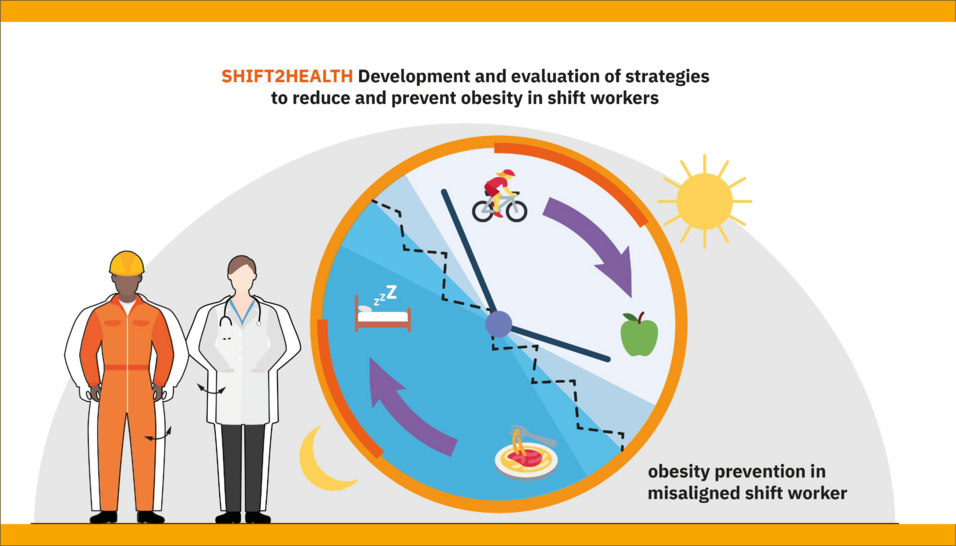The new EU funded project SHIFT2HEALTH - a collaborative effort of 15 European Partners in 7 European countries seeks to gain new insights into behavioural and physiological underpinnings that make shift workers overweight and obese. It will be spearheaded by the University of Vienna under the lead of Professor Karl-Heinz-Wagner. The project is funded with 10 Million Euros, of which 1.5 Million Euros will be allocated to the University of Vienna.
Almost 34 Million people in the EU are working shifts. An occupational lifestyle that is often linked to a heightened risk of developing obesity and obesity-related diseases - putting the individual and the national health systems under pressure. Therefore, strategies to support healthy eating behavior are increasingly needed to keep both the workers and the health system in shape. But also new technical solutions, an appropriate eating environment and novel food products are necessary to support these strategies. These demands will be tackled within a new EU project funded under the EU HEALTH call “HORIZON-HLTH-2022-STAYHLTH-01-05: Prevention of Obesity Through the Life Course” – or in short: SHIFT2HEALTH. With a runtime of 5 years it seeks to gain new insights into behavioral and physiological underpinnings that make shift workers put on weight.
The project itself is a collaborative effort of 15 European partners (Universities, Research Centers and Companies) and will be spearheaded by the University of Vienna under the lead of nutritionist Professor Karl-Heinz-Wagner. It is funded with 10 Million Euros. The different working groups hope to combine their knowledge on nutritional, behavioural, and physiological patterns of unhealthy food choices. What’s more, the study population will comprise health care workers, which are predominately female and industrial workers that are mostly male. Making it gender balanced.
Once finished, nutritional based causes of obesity among shift workers of both sexes will be better understood. Leading to tailored dietary and behavioural approaches that will benefit European employees, employers and the health system alike.

